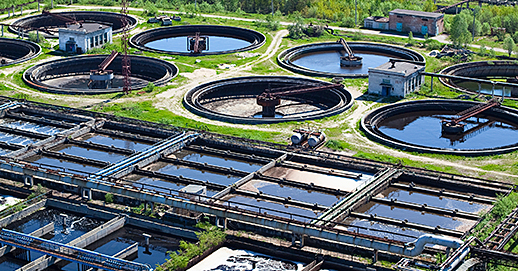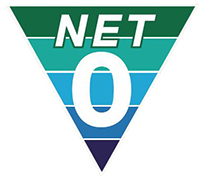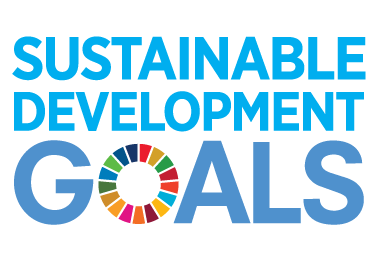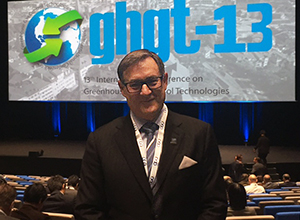
A model program to provide technical assistance services to underserved rural areas of Illinois has generated $24 million in savings of energy, water, and waste over its first eight years.
In smaller, rural communities technical assistance professionals usually have a more difficult time identifying companies that would benefit from their services. ICORE takes a grassroots approach to identify partners and stakeholders with contacts at municipalities, organizations, associations and agencies. Networking at the local level spreads the word of the potential benefits of third-party business assessments.
“In big urban areas it is easy enough to find companies that will benefit from sustainability improvements that will save them money,” said Mike Springman, who with fellow ISTC environmental engineer Dan Marsch, have delivered ICORE, which stands for Illinois Conservation of Resources and Energy, services from the beginning. “We wanted to find a way to share what we offer to the whole state, in particular businesses located in rural communities.”
ICORE offers customized assessments resulting in recommendations to conserve energy, reduce water consumption, reduce hazardous materials/wastes, reduce greenhouse gas (GHG) emissions, and save money. At two recent assessments at Illinois food companies, a range of recommendations were identified , such as improved efficiencies in compressed air, process heat, motors, lighting, water/wastewater and minimization of food waste.
Caseyville’s AdvancePierre Foods implemented more than half of the recommendations, some right after the site visit. “Very good information and details emerged from the audit, which we are still working on,” said Michael Doeden, plant manager of the company’s St. Clair County facility. “It is a great way to start a foundation for continuous improvement and cost savings.”
Upgrading old electrical equipment is saving the company $6,000 a month, Doeden said. Other ideas like metering for waste water sewage credits will be adopted down the line, he added.
King’s Food Products in Belleville, Ill., welcomed the assessment for third-party expertise on how to be more efficient. “The assessment … generated a list of task items we hadn’t considered,” said Stephanie Fahrner, vice president for operations. “Overall the project/participation will improve us as a company — through savings, efficiency, and employee and environmental safety.”
“This is a great way for your team to see ideas generated, resources available, and training provided to help continuous improvement in a manufacturing plant,” Doeden agreed. “Additionally, E3 assessments focus on economy, energy and environment … which will benefit sustainability programs, people and is a good foundation for business practices, he added.”
In 2009, the U.S. Environmental Protection Agency (EPA) in partnership with five other federal agencies formed the E3 technical assistance framework (Economy, Energy, and Environment). One year later EPA started funding the ICORE approach which has taken hold and today has expanded to deliver EPA’s E3 assessments as well.
One way of viewing the impact of the program is as accumulated savings which continue to accrue each year. By this measure, between 2008 and 2016, ICORE assistance has made a difference in Illinois totaling approximately $24 million, 160 million gallons of water, 1.9 million therms of natural gas, 209 million kilowatt hours of electricity, 20 million pounds of waste, 433,000 pounds of hazardous waste, and 200,000 metric tons of CO2 emissions avoided.
For more information about ICORE/E3 assessments for your business, visit the technical assistance pages at http://istc.illinois.edu/



 The U of I system will be demonstrated over a two-month period at
The U of I system will be demonstrated over a two-month period at 








